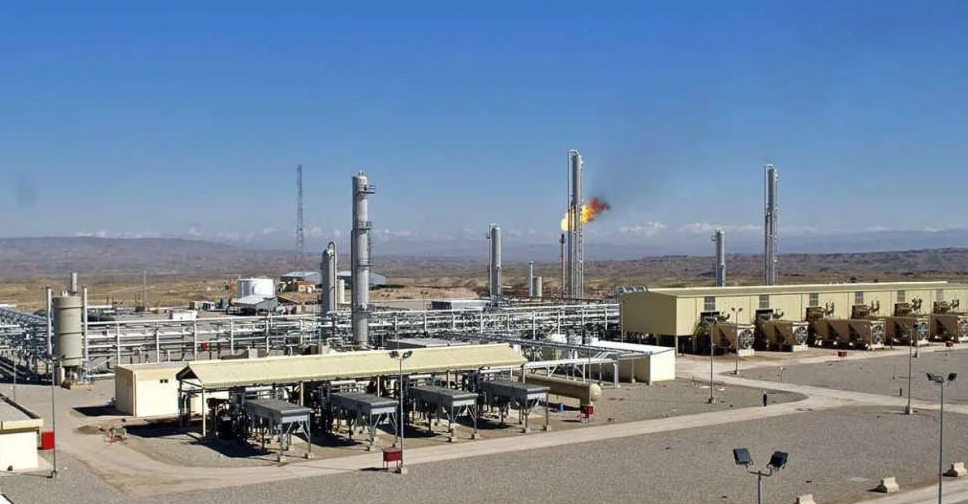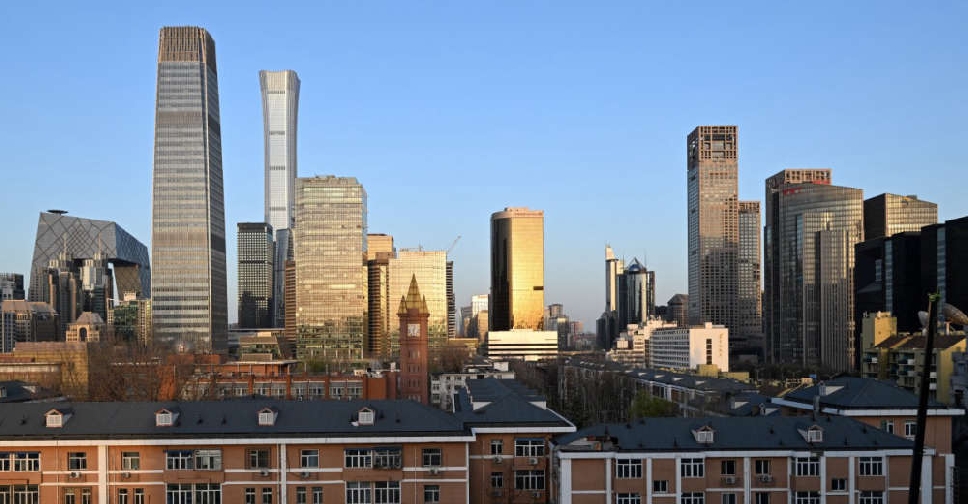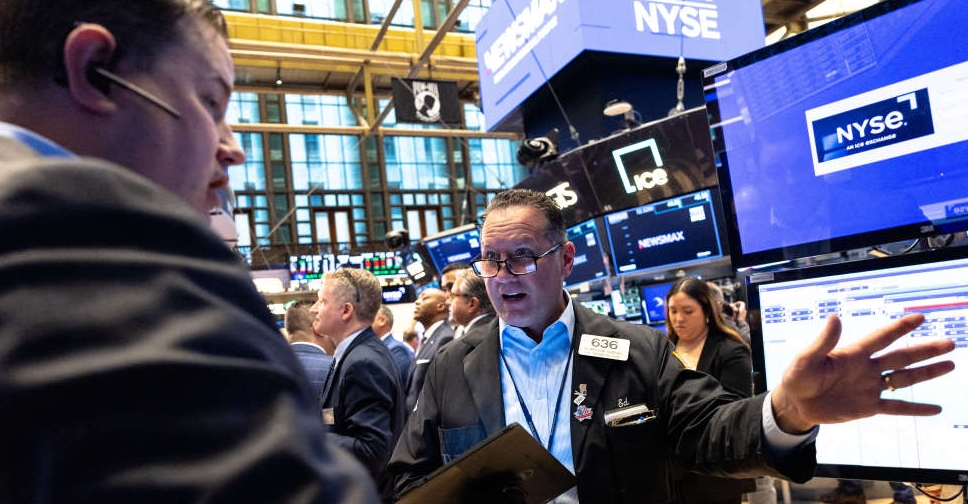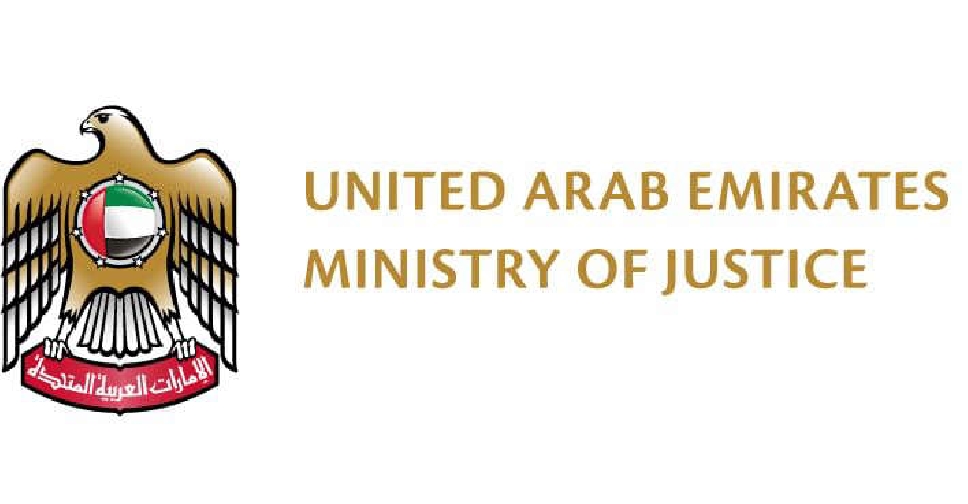
Federal Reserve Chair Janet Yellen spelled out on Tuesday what she means by data dependence, asserting her leadership of the U.S. central bank with a clear message that interest rates will be raised at a cautious pace. In one of her most detailed policy discussions this year, Yellen gave investors a list of conditions they need to watch for future rate hikes. Here they are: * Foreign economies and their financial markets need to stabilize. * The dollar can’t appreciate further. That would depress inflation and exports, and hurt U.S. manufacturing. * Commodity prices need to stabilize to help foreign producers find a better footing for growth. * The housing sector needs to make a larger contribution to U.S. output. * Inflation is a two-sided risk: Yellen is skeptical that the recent rise in core inflation, which strips out food and energy, “will prove durable.” She is watching closely. Taking Charge For all their efforts at transparency, Yellen’s speech in New York showed that communication by the Federal Open Market Committee, the panel that sets U.S. interest rates, sometimes means the leadership taking charge to hammer down a guiding view. That can be hard with a group that currently numbers 17 participants. Still, in times of uncertainty, it is the chair’s job to step up and describe the challenges and possible outcomes for policy. “I thought it was her best performance since she has been chair,” said Michael Gapen, chief U.S. economist at Barclays in New York. “In the absence of unity, the chair has to exert leadership and it felt like she exerted that.” Officials this month left their target for the federal funds rate unchanged at 0.25 percent to 0.5 percent and signaled a slower pace of rate hikes in 2016 than they’d expected in December, before concerns over Chinese growth sent a spasm through global financial markets. However, following the March 15-16 FOMC meeting, a number of regional Fed presidents, including James Bullard of St. Louis, Patrick Harker of Philadelphia and Dennis Lockhart of Atlanta, signaled they would like to see rates rise further, pointing to the possibility of a move at the next FOMC meeting on April 26-27. Rate Path While the Fed chair steered clear of telegraphing an April or June rate hike, that was probably intentional. Neither she nor anyone else on the FOMC knows if the global climate for growth will have improved enough by then to warrant action. For that reason, Yellen also drove home the message that when officials don’t know, they either don’t change policy at all, or only move gradually. That means making progress in the current tightening cycle isn’t about the Fed following a pre-set course of rate hikes, but acting when conditions are right. In a way, it takes a page from previous Fed playbooks. During the chairmanship of Alan Greenspan, Fed officials spoke about “opportunistic disinflation,” or a strategy of moving interest rates early in an economic cycle to clip off the inflation impetus that was embedded in the economy at that time.Today, the Yellen Fed is coming from the opposite direction -letting the economy run hot and only raising interest rates when it won’t upset fragile balances in the global economy and financial markets. ‘Proceed Cautiously’ The Fed chair said it was appropriate to “proceed cautiously.” One sentence later she said “caution is especially warranted.” If her audience at the Economic Club of New York still didn’t get the message, a footnote in the text of her speech stated “uncertainty and greater downside risk” when the Fed’s policy rate is so close to zero “call for greater gradualism.” “They really mean they are data dependent and willing to be patient,” said Laura Rosner, U.S. economist at BNP Paribas in New York, whose firm predicts no further rate increases for 2016 or 2017. “She is saying, ‘We have started this process and don’t have to continue if not warranted.”’ While the committee continued to suspend its assessment of the balance of risks to the outlook in the March statement, Yellen clearly saw more risks to the downside, said Ward McCarthy, chief financial economist at Jefferies LLC in New York. “What I learned is just how little weight they gave to their own baseline and how much weight they put on a plethora of downside risks,” he said. All Embracing Another insight from the speech, McCarthy said, is the “wide range of things” data dependence covers. For example, just looking at the Fed’s domestic mandate of employment and inflation, it looks like the central bank should be raising rates further this year. The unemployment rate of 4.9 percent in February sits just above officials’ estimate of 4.8 percent consistent with full employment -- one half of its dual mandate from Congress. The other is price stability. Core inflation measures are rising. Still, the FOMC median estimate for the appropriate pace of rate increases this year was halved in March from four hikes projected in December. “We are looking at a whole variety of factors that impact the outlook for the U.S. economy,” Yellen said in the question-and-answer session following her speech. If Fed officials had stuck with their December forecast for four rate rises this year in the face of slowing global growth, it could have been bad news for U.S. inflation and unemployment, she explained. "Ideally, we want to get ahead of that,” she said. “The market response has been favorable.”



 Nasdaq set to confirm bear market as Trump tariffs trigger recession fears
Nasdaq set to confirm bear market as Trump tariffs trigger recession fears
 Dana Gas and Crescent Petroleum exceed 500M boe in Khor Mor field
Dana Gas and Crescent Petroleum exceed 500M boe in Khor Mor field
 China to impose tariffs of 34% on all US goods
China to impose tariffs of 34% on all US goods
 Shares bruised, dollar crumbles as Trump tariffs stir recession fears
Shares bruised, dollar crumbles as Trump tariffs stir recession fears
 Wall Street futures sink as tariffs fuel recession fears
Wall Street futures sink as tariffs fuel recession fears



